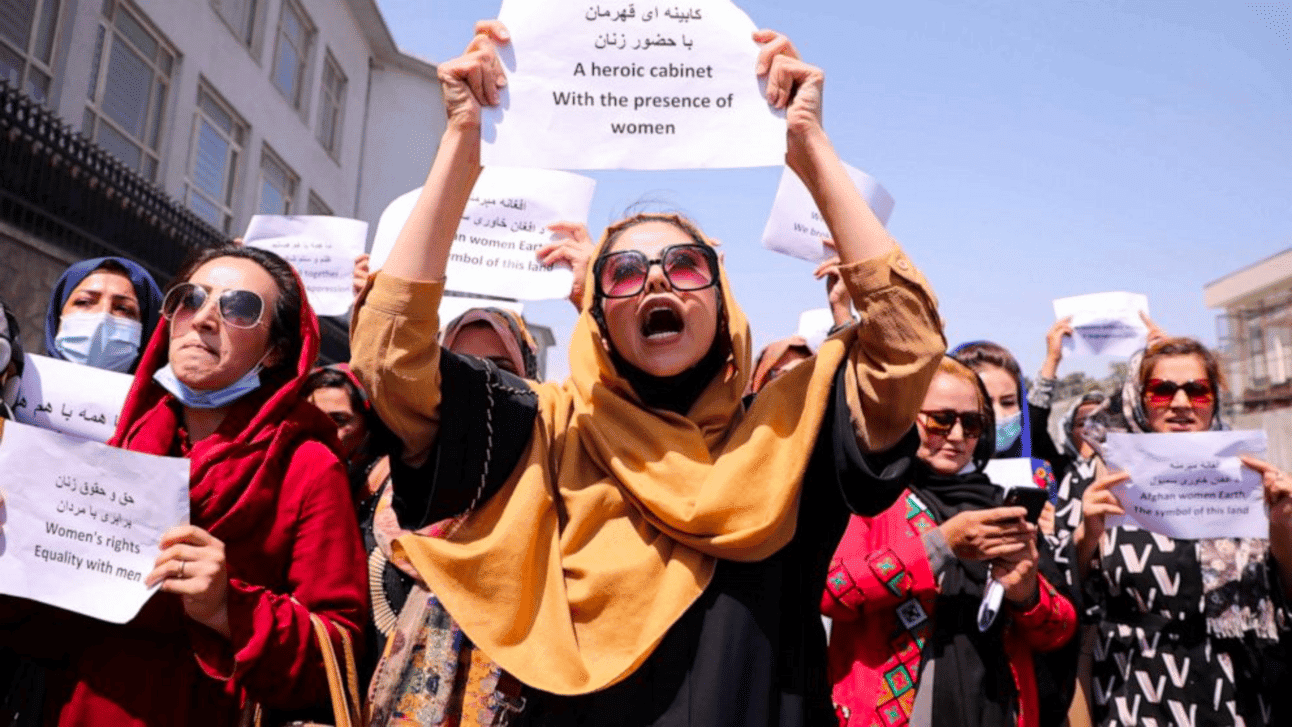After returning to Kabul on this day in 2021, the Taliban pledged it’d be more moderate and inclusive than during its previous rule (1996-2001).
But since 2021, the Taliban has:
- 🎒 Barred nearly a million girls from secondary school
- 🏫 Prohibited women from universities
- 🌳 Banned women from parks and gyms, and
- ⛔ Ordered aid groups to “suspend work of all female employees.”
As the group cemented power, donors froze Afghan assets, suspended aid, and the economy collapsed, undoing a decade of growth in twelve months.
Stay on top of your world from inside your inbox.
Subscribe for free today and receive way much more insights.
Trusted by 99,000+ subscribers
No spam. No noise. Unsubscribe any time.
The regime has since managed to stabilise the macroeconomics (inflation, exchange rate), but the humanitarian situation remains grim:
- Two-thirds of the country’s 38 million people need aid, and
- At least six million people are on the brink of starvation.
Intrigue’s take: The world has a near-impossible choice here: tacitly legitimise – and prop up – the Taliban regime by supplying aid, or continue to register opprobrium by staying away.
To date, the international community has tried to thread the needle by supplying limited aid through the few remaining non-Taliban channels. But the reality on the ground suggests it’s just not reaching enough people.
Also worth noting:
- The UN downsized its Afghan aid appeal for 2023, partly in response to donor concerns over the ban on female workers.
- The largest donors to this year’s UN appeal are the US ($301M), the EU ($94.5M), Japan ($69.7M), Germany ($34.7M), and Canada ($28M).









